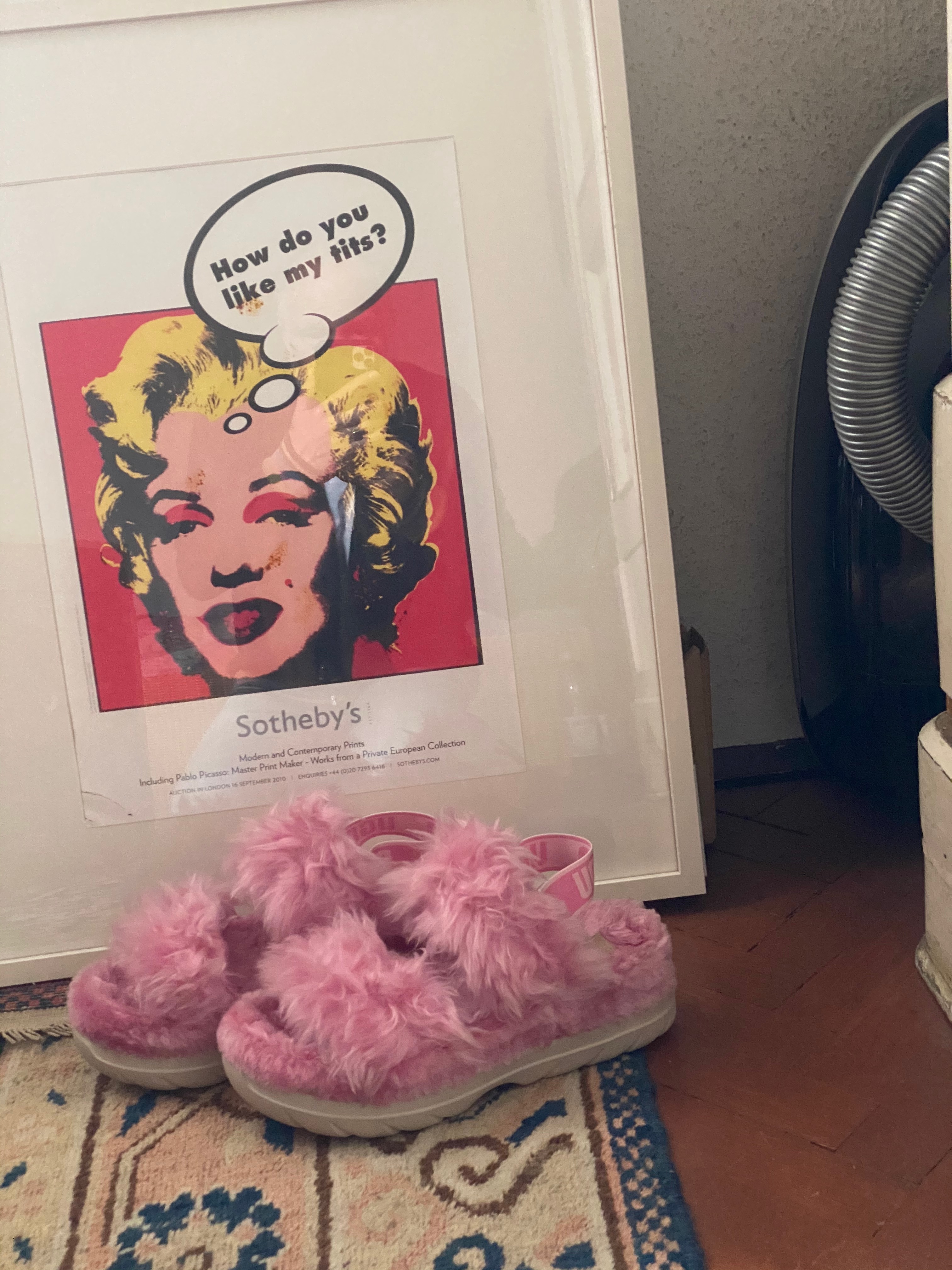Peter Vahlefeld
For Galleries, Online Viewing Rooms Are About Storytelling and Sales
David Zwirner Gallery is fond of framing its online viewing room as its seventh space, a virtual complement to brick-and-mortar locations in New York, London, Paris, and Hong Kong.
And while some may think of such a digitally focused sales portal as just a fancy website, Elena Soboleva, director of online sales at David Zwirner (and a former staffer at Artsy), is quick to correct that misconception. The viewing room “lives on a website, but it’s a structure which has purpose, consistency, focus, and a whole team behind it,” she said.

“It’s not just putting JPEGs and quotes on a page,” she added. “For every project we do, there’s inventory, there are registrars moving things around, there’s photography. We get these artworks physically, we do everything that you would for a usual show—[it’s] just the end result doesn’t hang in a space, it lives in this online format.”

Much like a physical gallery, David Zwirner’s online viewing room serves multiple purposes. A primary goal is to tap into new networks of collectors.

On that point, the venture seems to have been a resounding success since its launch in January 2017.

According to the gallery, the 10 highest-priced works acquired through the online viewing room all went to collectors based in cities where David Zwirner does not have a physical space—places like Antwerp, San Francisco, Toronto, and Houston.

And according to the gallery’s own data, roughly 47 percent of sales inquiries are from interested buyers who have no prior sales relationship with the gallery.

Online viewing room exhibitions at David Zwirner tend to fall into several distinct categories.

There are shows that are timed to coincide with major art fairs like Frieze London or Art Basel in Miami Beach; the shorter duration of these sales, ideally, replicates the buy-now-or-miss-out buzz of the fair itself.

“We’re able to do virtual, parallel presentations of works that are at a much higher price point,” Soboleva said, upending the idea that online viewing rooms are mostly appropriate for prints, drawings, or other comparatively affordable works.

David Zwirner is not alone in chasing the potentials of the online viewing experience.

Gagosian, which launched its own online viewing room in June 2018, has been notching impressive successes at the rarified end of the market.

Director Sam Orlofsky nods to Artsy’s own influence on the mega-gallery’s initial conception of the project (Larry Gagosian is a founding investor in Artsy), as well as digital strategies employed by the major auction houses.

But the gallery felt it could leverage its own strengths in the digital sphere (and its roughly 1.8 million followers across various social media platforms).

“Artsy is open to selling things at all price points, but we have so much more experience with consignments at the highest levels of the market,” Orlofsky said.

“We wanted to see if we could make sales online at the $100,000–$1 million range, with any kind of meaningful frequency. And we have!”

Of particular note, Orlofsky said, was the sale of a 1988 Albert Oehlen abstraction this past March, which achieved its $6 million price (a record, at the time) “in less than two hours.” The Oehlen viewing room was augmented with analytics, pointing to the upward swing of the artist’s market, and a professionally produced video interview in which Orlofsky and fellow Gagosian director Andrew Fabricant dissected the painting’s appeal from both an aesthetic and economic perspective.

But online viewing rooms are not only for the biggest of global mega-galleries. Smaller operations like Monya Rowe Gallery and Silas Von Morisse Gallery have launched their own relatively modest operations that complement ongoing exhibitions.

For Rowe, the goal was specifically to shine a spotlight on more accessible works on paper. “It also offers an economic alternative for someone who isn’t ready to commit to a painting,” she said. “The Viewing Room has little gems at lower prices than paintings.”

Newest to the online viewing room game is David Kordansky Gallery, which launched its version of a digital sales portal last month with a group show to raise funds for climate change charities. (Unlike some others, David Kordansky’s viewing room does not have public-facing prices, but users can request more info with the click of a button.)

“We still want to prioritize engaging and informing visitors, creating conversations, and building relationships,” said Kurt Mueller, director of institutional and media relations at David Kordansky. “There’s the same sense of urgency as the opening of any new exhibition or fair presentation: the anticipation, opportunity, and competition of a market. But the online viewing room is equally, if not more, about creating a moment of focus, developing a further context in which to appreciate and understand our artists’ work, hopefully in a new way.”




















